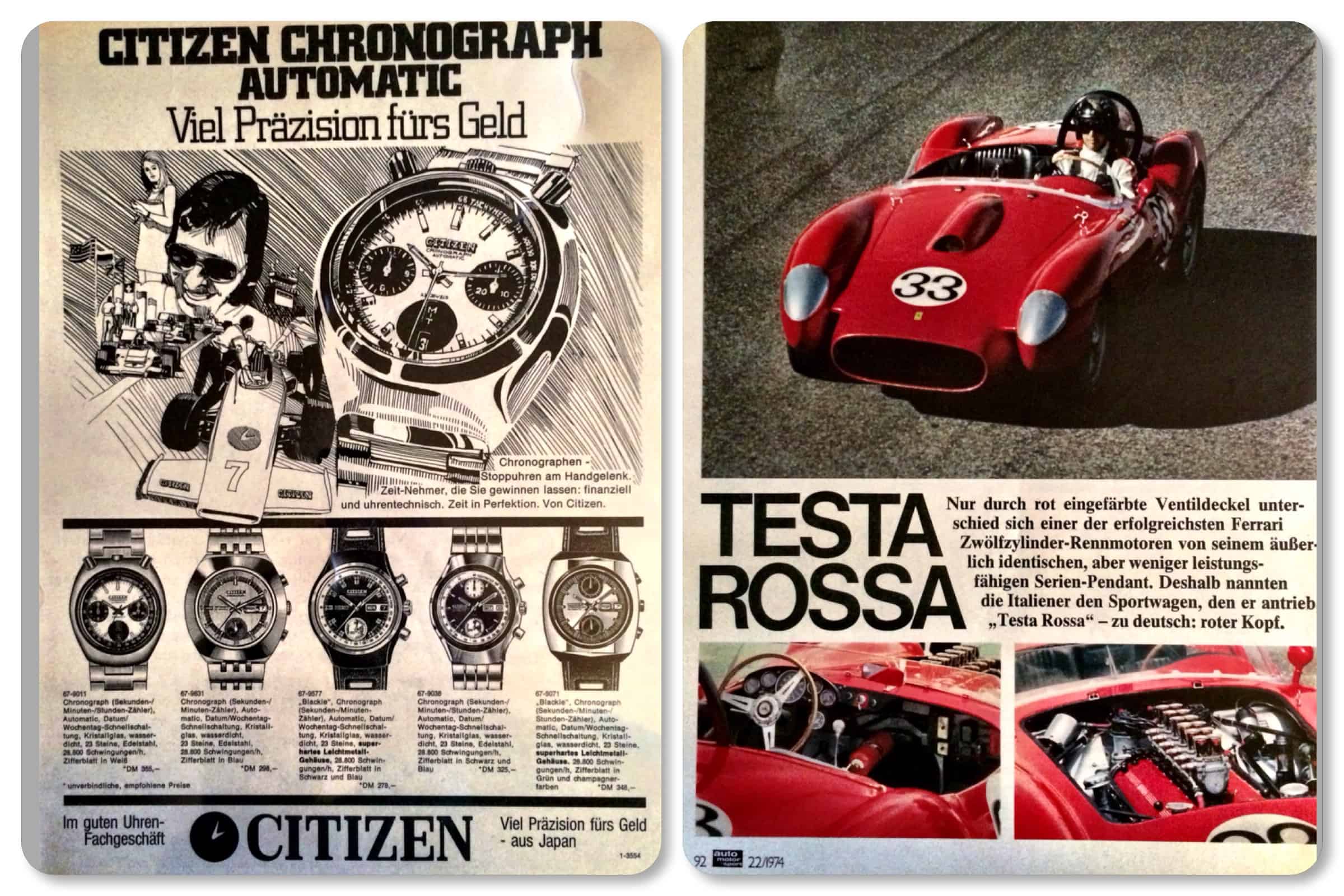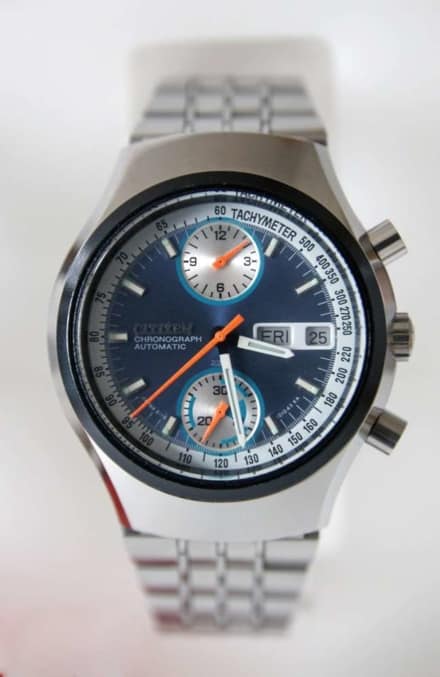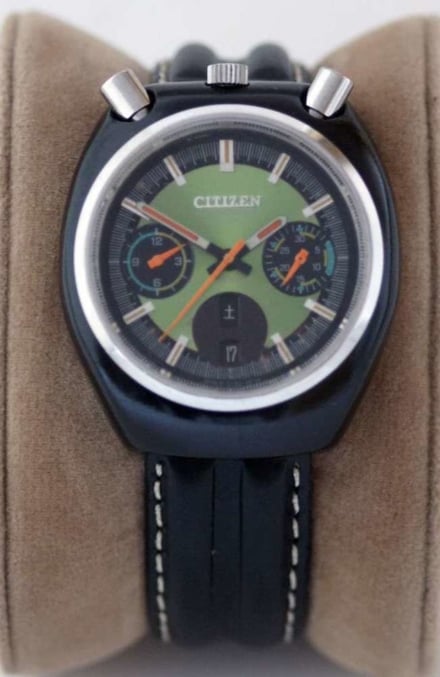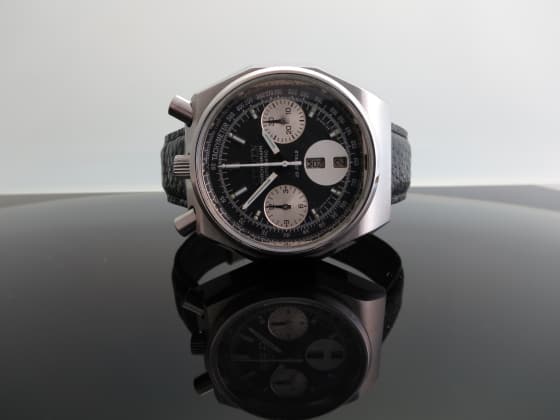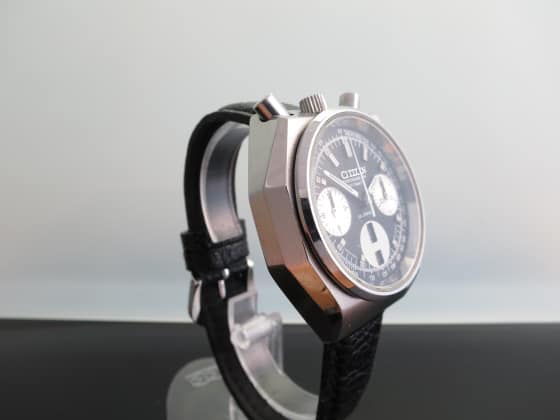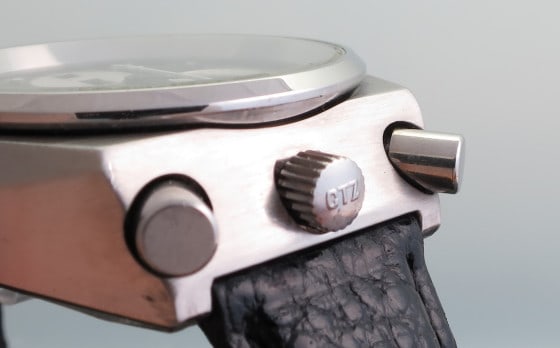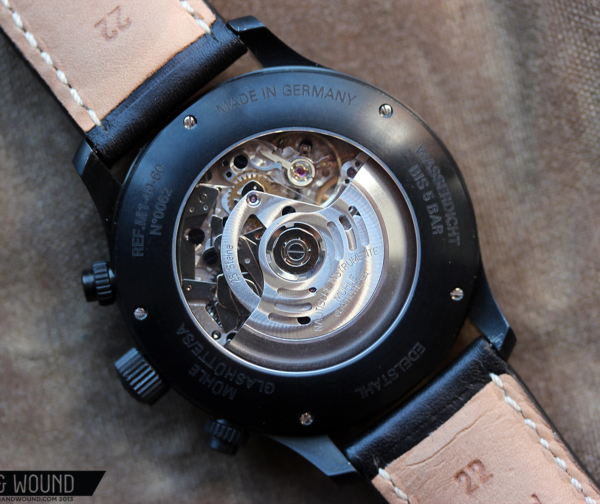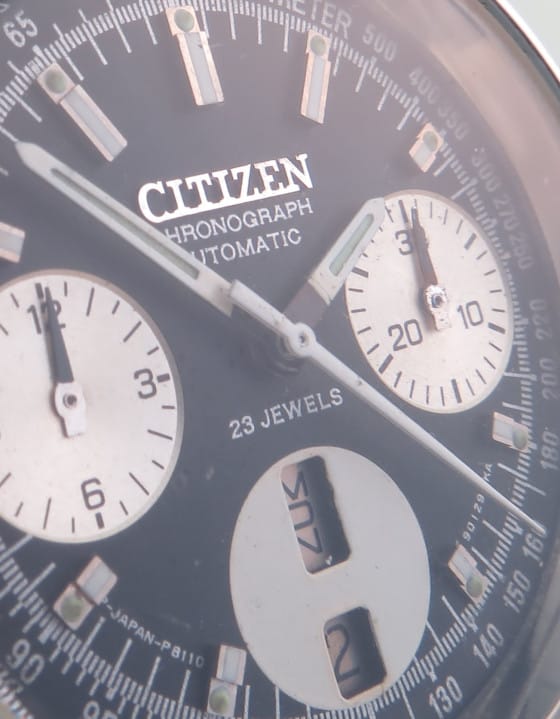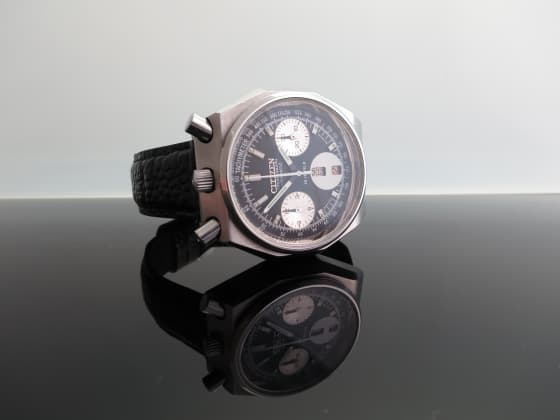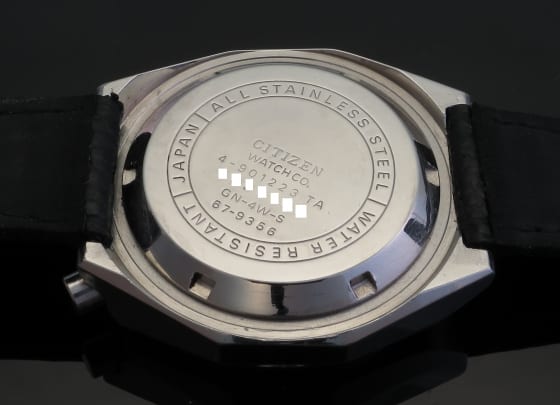We went in-depth with the caliber 8110 in our last installment of Chronography, where we highlighted its technical superiority over its Seiko brethren. Today, we’re tackling one of the most popular models that it can be found in—the octagonal, all stainless steel Challenge Timer “Bullhead.”
First, some background. The first commercially available quartz watch was released in 1969, a development that led to the monumental quartz crisis. The ’70s saw quartz and traditionally manufactured, mechanical timepieces jostling for precious wrist space, with consumers generally preferring the (at the time) technological superiority of quartz watches.
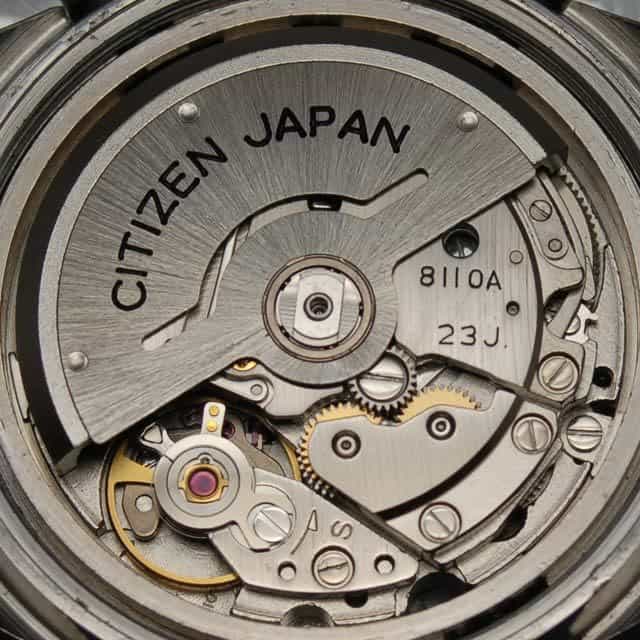
During this era, Citizen was definitely throwing caution to the wind. In 1972, they proudly released the superb 8110, the brand’s impressive automatic chronograph caliber. To give the timing of this development some perspective, three short years later the Valjoux 7750—the world’s most ubiquitous chronograph movement today—was ordered to be destroyed by management as a result of the challenges brought forth by quartz’s encroaching dominance.









 Featured Videos
Featured Videos




